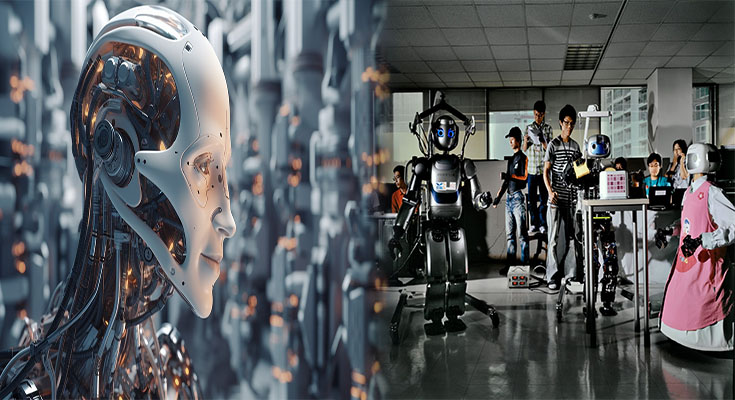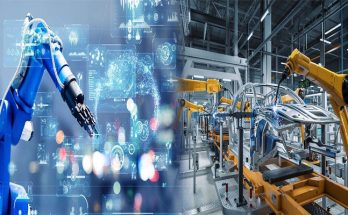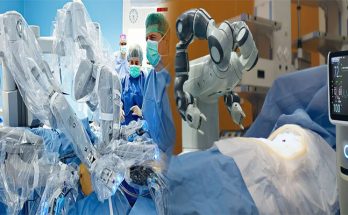Humanoid robotics is an exciting area of robotics that aims to create machines that mimic human behavior and appearance. These robots are becoming increasingly sophisticated and are being used in a wide range of applications. This article will explore the various applications of humanoid robotics, discuss the challenges that developers face when creating these machines, and examine the future prospects of this exciting technology.
Applications of Humanoid Robotics
Humanoid robots are being developed and used in a wide range of industries, including healthcare, education, entertainment, and manufacturing. In healthcare, humanoid robots are being used to assist with tasks such as patient care and physical therapy. In education, they are being used to enhance the learning experience and help students with special needs. In entertainment, humanoid robots are being developed to perform in movies, shows, and theme parks. In manufacturing, they are being used to assist with tasks that are difficult or hazardous for human workers.
Challenges in Developing Humanoid Robots
Developing humanoid robots presents significant challenges for researchers and developers. One of the main challenges is creating software that can replicate human behavior and decision-making processes. This requires extensive research into areas such as cognitive psychology and machine learning. Another challenge is creating hardware that can accurately mimic human anatomy and movements. This requires significant advancements in areas such as materials science and biomechanics.
Another significant challenge is ensuring that humanoid robots can operate safely around humans. These robots must be programmed to recognize and respond to human behavior, including gestures, speech, and facial expressions. They must also be designed to avoid accidental collisions and other hazards.
Future Prospects of Humanoid Robotics
The future prospects of humanoid robotics are incredibly promising. As the technology continues to advance, we can expect to see greater human-robot interaction, more natural and intuitive interfaces, and increased safety measures. There are also numerous opportunities for humanoid robots to be used in fields such as search and rescue, space exploration, and virtual and augmented reality.
Another area where humanoid robotics is poised to make a significant impact is in addressing labor shortages in industries such as healthcare, manufacturing, and hospitality. We can expect to see more humanoid robots that can perform tasks such as cleaning, cooking, and providing patient care.
Humanoid robotics is an exciting area of research that has enormous potential to transform many aspects of our lives. While there are challenges that developers must overcome, the future prospects of this technology are incredibly promising. With continued research and development, we can expect to see humanoid robots playing an increasingly vital role in a range of industries and applications.





